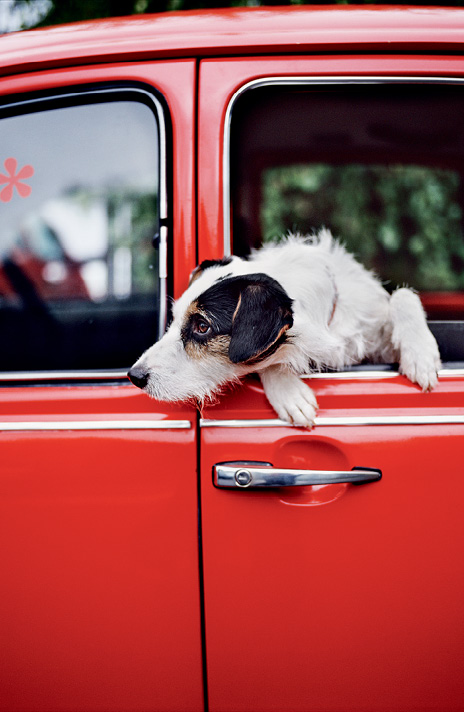
Putting your pet in another’s care takes some deliberation. Here’s a handy checklist to help make the boarding experience a secure and stress-free time for the both of you.
Before deciding on a kennel, interview the owners on issues that are important to you. Find out what happens if a pet becomes ill, if they work with a veterinarian or emergency clinic, and if the animals are ever left alone.
As a general rule, you’ll need to make sure all vaccinations are current and bring proof when you drop off your dog.
Almost every facility will require you to treat your dog with a monthly flea and tick preventive. Schedule a treatment just before your dog checks in.
Even if a facility doesn’t require a veterinarian’s clearance, you may want to schedule a checkup for your dog within 30 days of boarding. This is especially helpful if your dog is elderly or has chronic health issues.
Bring your dog’s regular food, to reduce the risk of dietary upset.
Advise the boarding facility of any known allergies and other medical or behavioral conditions.
You’ll need to provide contact information for your general vet and any specialists, as well as any insurance policy information.
Dogs can sense when you are worried, which in turn makes it hard for them to bond with their temporary caregivers. Make drop-off a positive experience.

When picking up your dog from the facility, hold off on feeding or giving him water for at least four hours (ice cubes are fine for a pet who seems thirsty). All the excitement of seeing you and being home again can lead to gulping down food and water—and then nausea and vomiting.